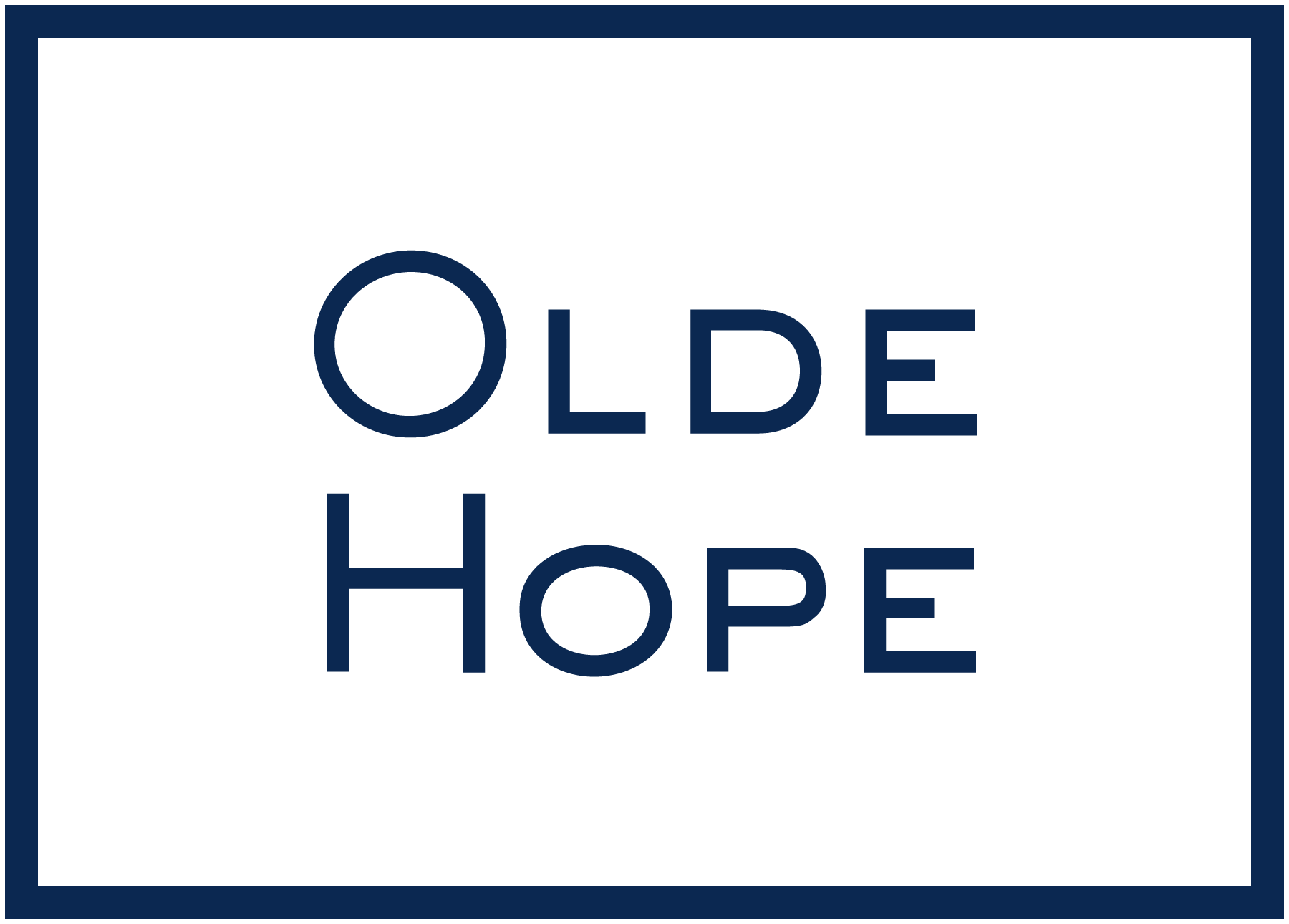From Maine Antique Digest
Olde Hope Publishes Catalog
It has been six years since Patrick Bell and Edwin Hild of Olde Hope in New Hope, Pennsylvania, published a catalog of folk art for sale. In the days before websites, printed catalogs were a mainstay of marketing Americana. Now they are rare.
The libraries of collectors used to have piles of Opportunities in American Antiques, the Israel Sack ubiquitous periodicals that were then gathered into hardbound books. Right next to Opportunities, there was often a smaller stash of Bernard and S. Dean Levy catalogs; Frank Levy continues to issue catalogs from time to time. Hirschl & Adler set a standard for scholarly catalogs of Classical furniture and produced special catalogs for Hirschl & Adler Folk (now closed). There are other catalogs for folk art too special to give away. David Schorsch and Schorsch and Smiles printed special subject catalogs and general catalogs of their stock. David Wheatcroft published two impressive tomes; Jeffrey Tillou put out sizable catalogs in 2007 and 2009. Allan Katz and Fred Giampietro issued catalogs for their offering at the Winter Antiques Show. Olde Hope has published eight catalogs in more than 40 years in business.

Why another Olde Hope catalog now? “I had been thinking about it for a year,” said Pat Bell during a long phone conversation. “People told me print is dead, but we have a lot of wonderful things—some we have taken to shows, and they have not sold, so we will not take them to shows soon again, and we have some fresh things too. I sat down one day and began to write. I wanted to tell people about them.”
What is extraordinary is that Olde Hope has such a large inventory at a time when dealers are complaining about how hard it is to find quality in the marketplace. The fact that half a dozen sales were made from the catalog the first week it was out proves that print as a marketing tool is not obsolete.
A Montgomery County fraktur drawing by Martin Gottschall (1797-1870) or Samuel Gottschall (1808-1889) sold quickly. Martin and Samuel Gottschall, Mennonite bachelor brothers who operated a mill and taught school, used pigments enriched with gum resin to create fantastic birds, hearts, and tulips. Bell said, “If there is a Matisse among fraktur artists it is surely a Gottschall.” The fraktur was a recent acquisition.
First to sell was a cow weathervane, possibly by Harris & Co., circa 1880. “Form is only half of the appeal—it’s the surface that takes these practical pieces of folk sculpture and transforms them into works of beauty,” wrote Bell. The gilded surface of this cow has weathered into painterly yellow sizing with traces of gilt and rich verdigris. She is big, 33″ long.
Gone too is a Liberty album quilt made in Maryland and inscribed “Robert L McDonald May 5,” with the words “Liberty 1855” appliquéd above the American eagle. Also gone is a circa 1830 relatively small Pennsylvania or Ohio lift-top paneled chest that was published in Monroe Fabian’s pioneer work The Pennsylvania-German Decorated Chest (1978), p. 215. It was then in two celebrated collections, that of Barry Cohen and Julie and Sandy Palley. More recently it was in a New Jersey collection. It was at the Winter Antiques Show last January.
There are other chests available, including a powerful Lehigh County, Pennsylvania, chest inscribed “Hanna Eister 1780” and decorated with fat hearts and tulips. It has three drawers and warm patinated colors. It was in the sale of the collection of Dr. and Mrs. Donald Shelley at Pook and Pook in 2007. A circa 1820 Centre County, Pennsylvania, chest has even warmer colors. It is painted with yellow birds and lions, white flowers, and a green-leaf tree and vines on a bittersweet ground. Then there is a very special six-board chest painted a soft pink with rust-colored swirls that was found in Vermont and that Bell finds displays “playful simplicity.”
The more than 90 pieces illustrated are about a third of the Olde Hope inventory. Among the ten weathervanes illustrated is a leaping albino stag weathervane, attributed to J.W. Fiske, New York, circa 1875, that reminds Bell of an albino stag spotted in New Hope many years ago. A weathervane of a horse jumping through a hoop, attributed to A.L. Jewell & Co., Waltham, Massachusetts, 1852-67, is like one that sold at Skinner in 2007 for $160,000, Bell noted. There are traces of gilding on its verdigris surface.
Special objects made for daily use survive as works of art. A good example is a sailor-made bowl, probably American, circa 1860, of carved dense black wood with bone handles in the shape of horseshoes. Bell said it is one of the things Barbara Johnson never offered when she sold her whaling collection in four separate catalog sales at Sotheby’s from 1981 through 1983. Olde Hope acquired it when she died.
Olde Hope has long been known for selling Woodlands Indian storage baskets made of colored woven splint, some with stamped decorations. They used to offer half a dozen of them at the Winter Show, but the baskets are not plentiful today. There is only one in this catalog. Bell stated that he first encountered them at a Winter Show in the early 1990s in the booth of Woodard & Greenstein, where he learned that they were made by New England Woodlands tribes. The red, yellow, and blue one available is large, 14½” tall x 19½” wide.
It took Shaker dealer Richard Rasso 25 years to put together the graduated stack of Shaker boxes in rich colors in the catalog. They were never meant to be displayed as a stack, but in the 1990s there was competition among collectors and dealers to build a stack of Shaker boxes, and the stacks instantly became contemporary sculpture. A 32-arm tinned sheet-iron chandelier, originally gilded and now mellowed to a rich bronze, is sculpture too.
As has the Winter Show, Olde Hope has recently taken the word “Antiques” out of its name. Bell pointed out how modern their offerings are when writing about an elegant Windsor bow-back settee made in Philadelphia 1785-1810 of pine, maple, and walnut with a natural finish. He said it was inspiration for designs by George Nakashima and Thomas Moser. He also commented on how the “bold, graphic design” of early hooked rugs appears contemporary.
The catalog includes two pieces of 20th-century art. One is a lion by Maine artist Bernard Langlais (1921-1977), made in 1963, that Bell believes falls into the folk art world. It hung in Ed Hild’s house for a number of years. The other is a hand-embroidered patchwork quilt with 28 houses made of jewel-toned fabrics on a green background. Many of the printed and solid fabrics are heavy velvets, making this abstract housing development “almost sculptural.”
 In his introduction, Bell quotes Roberta Smith’s 2011 New York Times article about the opening of the Crystal Bridges Museum of American Art. “There is one huge blind spot in the collection up to 1900, and it is a very serious one in my book: the almost complete lack of painting by largely self-taught or folk artists. This country’s folk art is as great and as original as any other art it has produced; its uncanny fusion of abstraction and representation and of primitive and modern makes it the American equivalent of Sienese painting in the early Italian Renaissance. Leaving it out is like looking at the story of American art with only one eye.” Olde Hope offers a selection of folk portraits and fraktur drawings that fit that bill.
In his introduction, Bell quotes Roberta Smith’s 2011 New York Times article about the opening of the Crystal Bridges Museum of American Art. “There is one huge blind spot in the collection up to 1900, and it is a very serious one in my book: the almost complete lack of painting by largely self-taught or folk artists. This country’s folk art is as great and as original as any other art it has produced; its uncanny fusion of abstraction and representation and of primitive and modern makes it the American equivalent of Sienese painting in the early Italian Renaissance. Leaving it out is like looking at the story of American art with only one eye.” Olde Hope offers a selection of folk portraits and fraktur drawings that fit that bill.
Prices are not printed in the catalog. Bell said they range from four to six figures. Most of the works in the catalog and a lot more are illustrated on the Olde Hope Antiques website, which will be redesigned soon without the word “antiques.”
Originally published in the November 2018 issue of Maine Antique Digest. © 2018 Maine Antique Digest

